Flies (Diptera)
Blow Flies
CalliphoridaeBlow Fly larvae are mostly scavengers or parasites, feeding on carrion or feces. Meat with blow fly larvae in it has a “blown-up” appearance, giving the family its common name. Adults feed and live on flowers, vegetation, and decaying plant and animal matter. They often bask on the exterior of buildings. Some are beneficial for recycling nutrients, or for treating dead and infected tissues. Other species are vectors for diseases such as myasis in humans and livestock.
Representative Genera and Species:
Lucilia illustris, Pollenia rudis
Pollinator Life Cycle:
Females lay their eggs on dead or dying animals, in feces, or on live hosts or bird nests. In a few species, the larvae develop in the mothers’ uterus before birth.
Rarity Status:
The status of Canadian species has not yet been assessed, and none are legally protected.
Physical Appearance:
These medium to large, robust flies appear similar to Flesh Flies and Muscid Flies. Most are black or metallic (blue, green, bronze) in colouration. They have a well-developed calypter at the base of each wing, and are distinguished from Muscid Flies by a row of bristles near their hind legs.
Pollinator Habitat:
Common in a range of habitats, including heavily urbanized areas. They prefer areas with loose, damp soil or litter, ideal for larval development.
Canadian Distribution:
- Alberta
- British Columbia
- Manitoba
- New Brunswick
- Newfoundland/Labrador
- Northwest Territories
- Nova Scotia
- Ontario
- Prince Edward Island
- Quebec
- Saskatchewan
- Yukon
Prairie Types:
- Fescue Prairie
- Mixed Grass Prairie
- Tall Grass Prairie






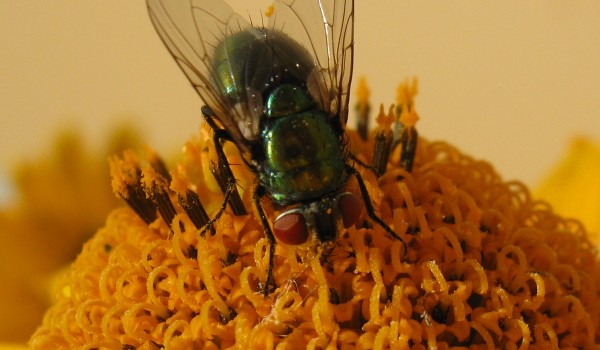
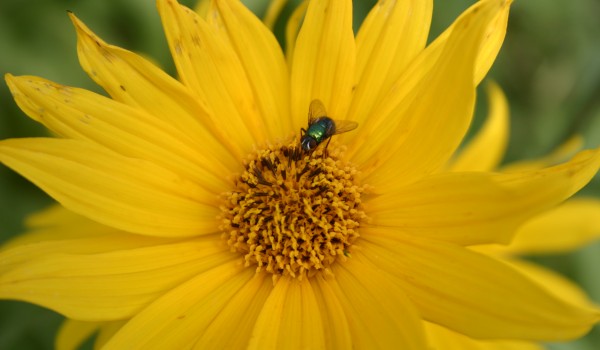
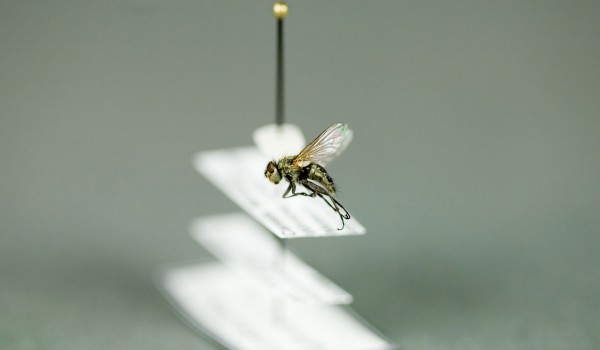
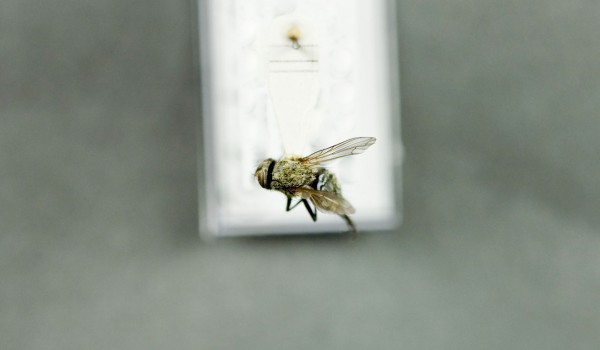
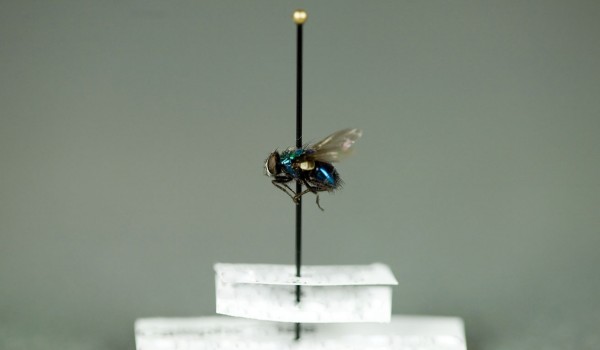
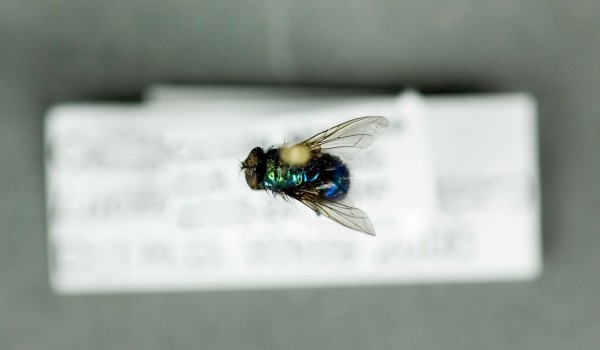
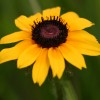 Black-eyed Susan
Black-eyed Susan 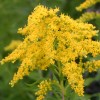 Canada Goldenrod
Canada Goldenrod 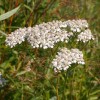 Common Yarrow
Common Yarrow 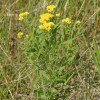 Flat-top Goldenrod
Flat-top Goldenrod 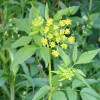 Golden Alexander
Golden Alexander 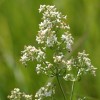 Northern Bedstraw
Northern Bedstraw 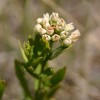 Pale Comandra
Pale Comandra 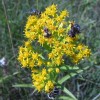 Riddell's Goldenrod
Riddell's Goldenrod 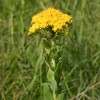 Rigid Goldenrod
Rigid Goldenrod 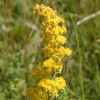 Showy Goldenrod
Showy Goldenrod 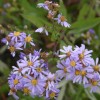 Smooth Aster
Smooth Aster 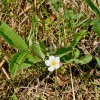 Smooth Wild Strawberry
Smooth Wild Strawberry 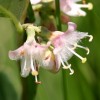 Western Snowberry
Western Snowberry  White Cinquefoil
White Cinquefoil 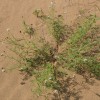 White Prairie-clover
White Prairie-clover